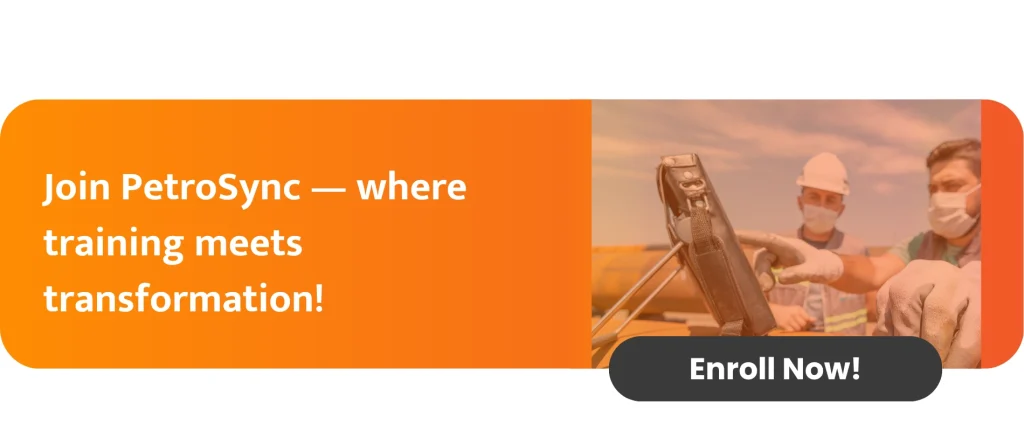In today’s high-stakes industrial landscape, therefore, merely owning assets is no longer enough. Therefore, organizations must ensure all assets – from equipment to infrastructure – operate optimally throughout their lifecycle. Moreover, in industries like oil and gas, and manufacturing, asset management drives success and prevents costly inefficiencies.
Unfortunately, while many organizations apprehend the importance of managing assets, few have the desirable strategies or expert personnel in neighborhood to do it properly. Therefore, Asset Management Training is essential for senior professionals who want to maximize value from technical investments.
What Is Asset Management?

Asset management is a structured, strategic manner for overseeing and optimizing an organization’s belongings to supply most value. It encompasses each segment of an asset’s lifecycle – from planning and acquisition to preservation and eventual disposal – making sure property function efficiently, safely, and cost-effectively.
In industries with complex infrastructure, such as energy and petrochemicals, asset management is crucial for improving uptime, reducing costs, and meeting regulatory standards. Done correctly, it aligns asset overall performance with commercial enterprise objectives, sooner or later contributing to long-term growth.
What is Asset Management Training?
Asset Management Training equips professionals with the knowledge and tools needed to manage physical and digital assets in line with international best practices, such as ISO 55000. It covers both the technical and strategic dimensions of asset performance, risk management, and lifecycle optimization.
The aim isn’t simply to teach participants, however to empower them to make smarter, data-driven choices that at once help commercial enterprise objectives. Training modules consist of risk-based protection strategies, fee forecasting, and technological know-how integration – permitting experts to control belongings proactively alternatively than reactively.
Which 3 are Principles of Asset Management?
To begin with, three fundamental principles form the foundation of effective asset management.
1. Value Realization – Every asset-related decision should focus on maximizing value to stakeholders – whether financial, operational, or environmental.
2. Risk-Based Decision Making – As a result, risks are assessed based on impact and likelihood, enabling leaders to prioritize resources and investments intelligently.
3. Lifecycle Approach – Therefore, assets must be managed throughout their entire lifespan – from procurement to decommissioning – while prioritizing long-term cost, reliability, and sustainability.
What Is Asset Management Training Objective?
This course will objectives as follows:
- Attendees will learn how to develop and implement a strategic asset management plan successfully
- To begin with, make sure you understand the tools used in industrial asset management.
- Develop the necessary skills to successfully analyze and determine specific asset requirements in light of business goals
- Start by understanding ISO 55000:2014, and afterward, apply the knowledge in real-world situations.
- Integrating Asset Integrity Management tools (RCM, RBI, CMS, MoC, Culture change, RCA, CSMMS, IPF, Action tracking, and KPIs) into the SAMP
What Is Asset Management Training Outlines?
DAY 1
- Introduction
- Definition of assets, asset management, and asset management systems (ISO 55000:2014)
- Tools used in asset management and the relation with asset integrity management
– RCM
– RBI
– CMS
– MoC
– Culture change
– RCA
– CSMMS
– IPF
– Action - Understanding the Strategic asset management plan (SAMP)
- Case Study – Understanding your assets and asset portfolio and determining the risk associated with the operation
DAY 2
- Understanding the use of asset management and asset integrity management tools
– Criticality and Risk
– Risks Associated with Production
– The risk associated with maintenance or lack thereof
– Risks associated with health safety and the environment
– Developing a risk matrix (Probability, Consequence, and Detectability) - Developing a successful strategic asset management plan based on identified risks and – needs of individual
– Identifying business goals and aligning activities
– Lifecycle cost
– Maintenance Strategy tools
– Balancing activities, needs, and cost
– Operation demand and maintenance requirements – finding the balance
– People skills and skill management programs - Case Study – Develop a Strategic Asset Management Plan (SAMP) to manage your asset portfolio risk
DAY 3
- Successful implementation of strategic asset management plans
– Task Development
– Detailed task writing
– Developing your CMMS system
– Inspection programs and operator-driven reliability - Pitfalls that should be avoided
– Overdoing it with tasks
– KPIs that make sense
– Balanced score cards
– Updating studies and continuous improvement - Final notes on techniques and technologies
– Tools and techniques to simplify inspection
– Tools and techniques to build a visual inspection program
– Skills matrices and successful implementation and integration - Case study – Implementing your SAMP successfully and following up on your implementation
Who Should Attend Asset Management Training?
This course is specially designed for the following disciplines:
- Maintenance and Operations Managers
- Engineering Managers
- Maintenance Planning Managers
- Asset Management Professionals
In addition, each attendee must bring a Laptop Computer with Microsoft Operating System and a Scientific Calculator.
Join PetroSync Training and Elevate Your Technical Skills
Moreover, in today’s state-of-the-art high-pressure industrial environment, technical expertise alone is no longer enough. Therefore, PetroSync helps experts make smarter, strategic decisions through specialised Asset Management Training. Moreover, our training combines global best practices with real-world insights to help you drive meaningful change.
In fact, many of our contributors document tangible results. That’s because our training helps plant managers, engineers, and executives turn strategy into measurable business outcomes. Moreover, you can enhance compliance, optimize assets, and future-proof operations. So, join PetroSync’s Asset Management Training to achieve operational excellence.

Results-oriented and thorough SEO specialist with extensive experience in conducting keyword research, developing and implementing digital website promotion strategies and plans, managing campaigns to develop company websites in the digital world, excellent knowledge of marketing techniques and principles, and attentive strong attention to detail.







